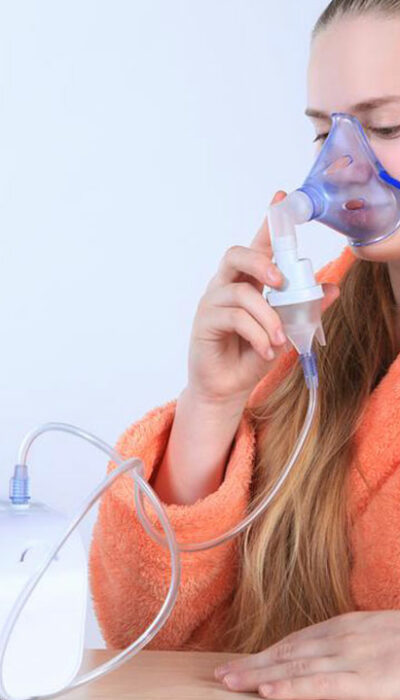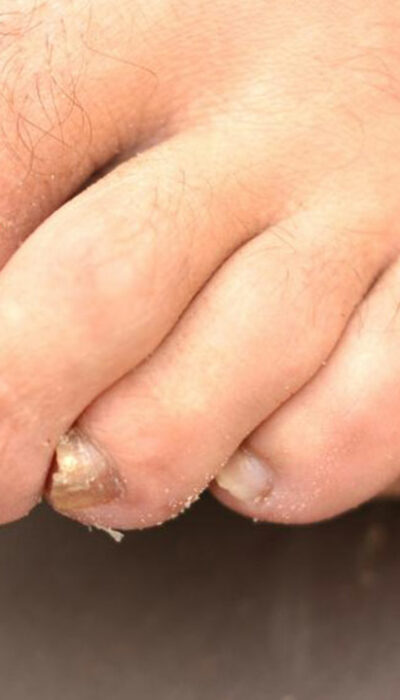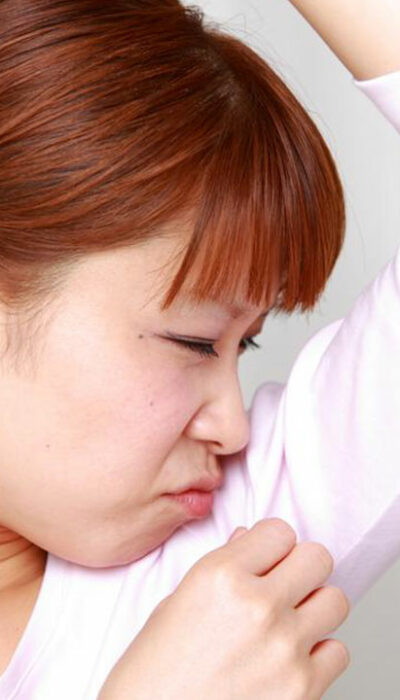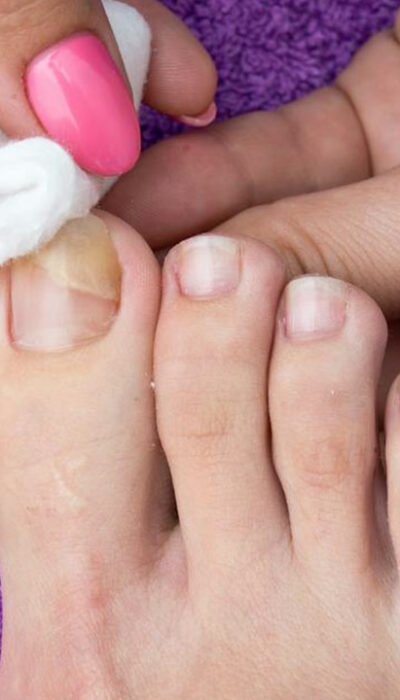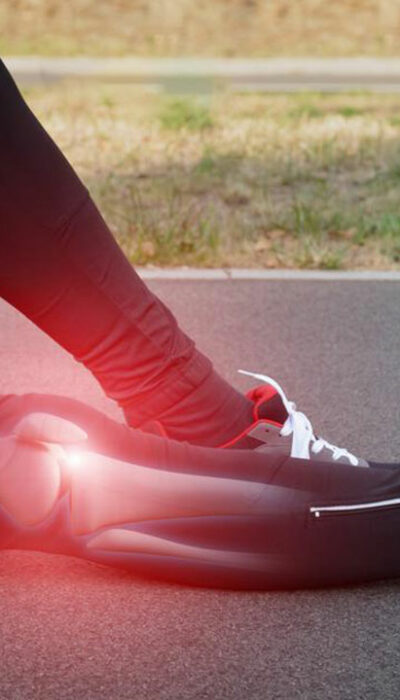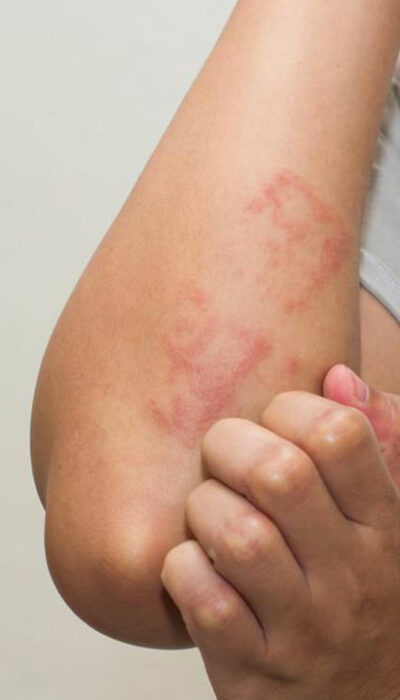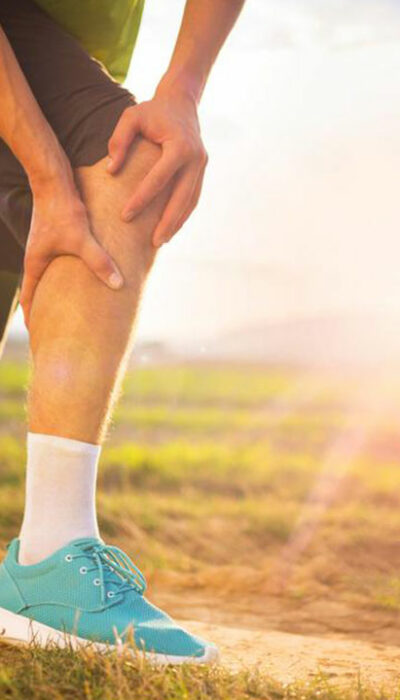
Causes and Tips to Prevent Restless Leg Syndrome
A lot of us have heard about people constantly moving their leg while sleeping. Restless leg syndrome is a disorder connected to the nervous system of the human body. It’s often referred as RLS. In this syndrome, a person feels a tremendous urge to move their leg. The urge can be very uncontrollable at times. If someone is suffering from this issue, he/she is unable to sleep well and can often develop sleep disorder as well. The urges person experiences can be unpleasant and cause discomfort. Restless leg syndrome is neurological sensorimotor disorder often studied in the fields of mental health. The RLS can cause very unpleasant sensations as well. Restless leg syndrome can sometimes spread to the arms, torso, genitals and even face, but this happens in very rare cases. The restless leg syndrome gets activated especially when the person is not moving or is placed in a fixed position. The most prevalent symptoms are restless legs at night time. People with RLS, experience very uncomfortable sensations and high urges to move their legs, the feeling can also be compared to an itchy or a creepy crawly sensation in legs. The sensations get worse when a person is sleeping, lying or resting. The severity of restless leg syndrome goes on from mild to moderate to severe or intolerable. Symptoms come and go, and so does the sensations, and it’s different from person to person. Any person suffering from restless leg syndrome may experience urges to get up if they are sitting, this also hinders with a person’s concentration levels and can have emotional effects as well as it can become embarrassing. The main reason for restless leg syndrome is unknown in most cases. There is no one specific reason for this to happen to someone. However, some causes that are associated with the syndrome are as follows:

